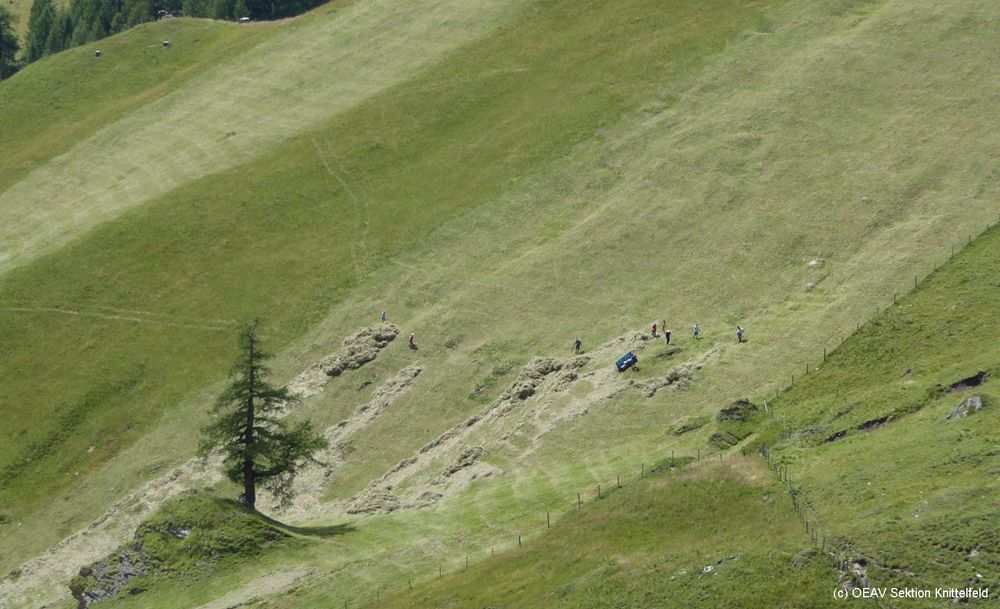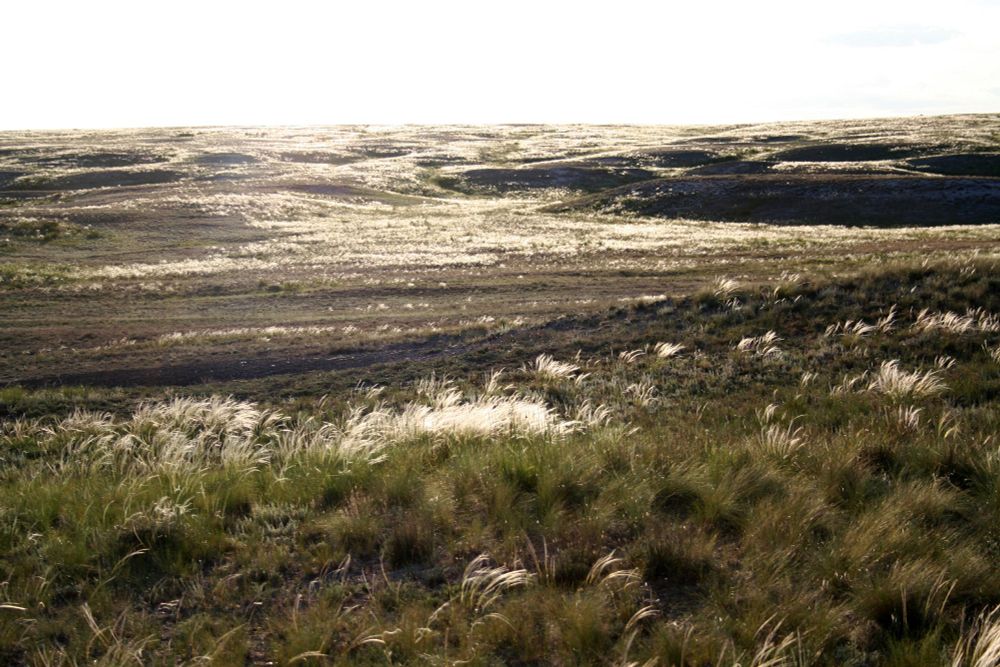
http://www.uni-goettingen.de/conservation



















Conservation of Palaearctic steppes and semi-natural grasslands: challenges and solutions
Special issue in Biological Conservation: www.sciencedirect.com/journal/biol...
Coordinated by Orsolya Valkó, Jürgen Dengler, @leonardoancillo and me

Conservation of Palaearctic steppes and semi-natural grasslands: challenges and solutions
Special issue in Biological Conservation: www.sciencedirect.com/journal/biol...
Coordinated by Orsolya Valkó, Jürgen Dengler, @leonardoancillo and me

